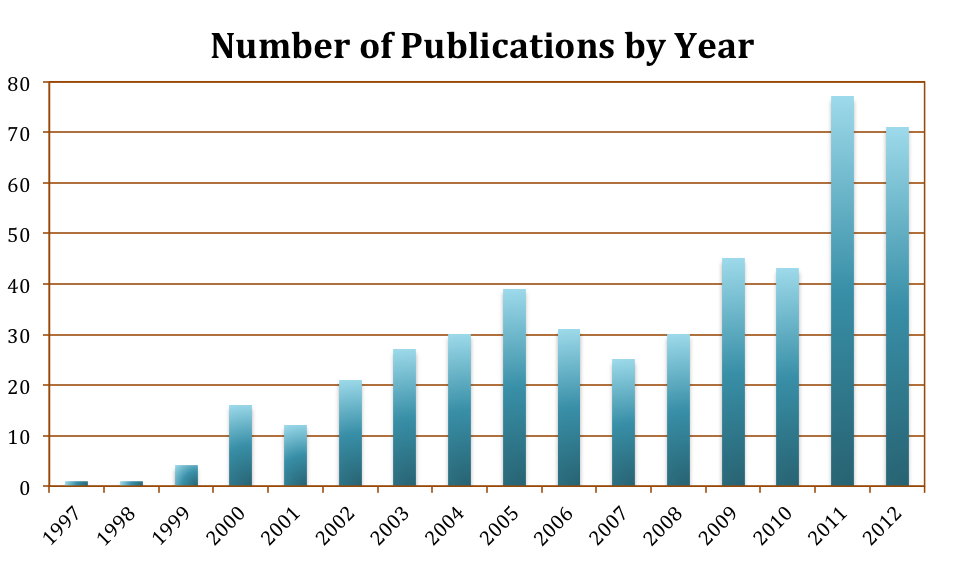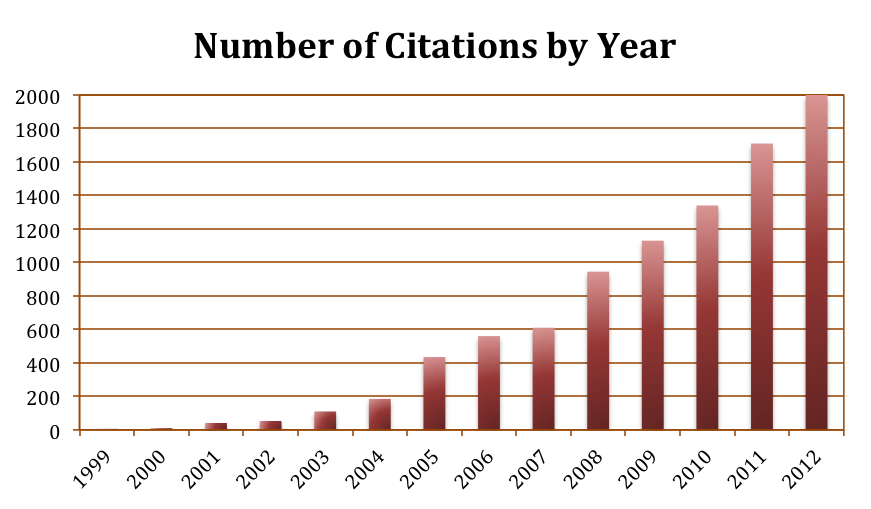Faculty, students, and other researchers at the EMS Energy Institute undertake projects that are highly relevant to current world energy issues. Although the focus of the Institute’s research has long been dominated by fossil energy, technical expertise over the last several years has broadened to include a wide range of topics, such as renewable and fossil energy, combustion, fuel processing, fuel cells, hydrogen energy, environmental issues, geoscience, and carbon dioxide management. The impact of this research goes far beyond the walls of Penn State and far beyond the boundaries of the United States. EMS Energy Institute faculty and students present their work throughout the world at international conferences and publish papers in some of the most respected journals in these fields.
The EMS Energy Institute was officially established in the College of Earth and Mineral Sciences at Penn State in late 1996 under Dean Eric Barron. It was largely based on the former Energy and Fuels Research Center, and in 1996 it consisted of the former combustion laboratory, the laboratory for hydrocarbon process chemistry, and the organic petrology laboratory. Alan Scaroni was the director of the Energy and Fuels Research Center, and therefore became the first director of the EMS Energy Institute. He served as director from 1996 to 1998 when he accepted a position as department head of Energy and Geo-Environmental Engineering. Harold Schobert then served as the director of the EMS Energy Institute from July 1998 to 2006. Scaroni returned as interim director for a brief period until Chunshan Song was appointed director in May 2007.

The first publication that included the EMS Energy Institute as an affiliation appeared in May 1997. By 2007, Institute researchers were publishing between 25 and 30 publications each year. Since then, that number has continued to climb. Currently, Institute researchers publish about 70 refereed journal articles a year. In addition, more of these papers appear in publications designated as high-impact factor journals and the number of articles based on collaborative research has grown.

Perhaps an even greater indicator of the extensive visibility and high quality of this research is the substantial increase in citations to Institute-affiliated publications. Citations from articles referencing the EMS Energy Institute began to appear in 2000. Today, EMS Energy Institute publications collectively receive over 2,000 citations a year in the Science Citation Index. Just five years ago, publications affiliated with the Institute were receiving about 650 citations a year.
Since 1997, EMS Energy Institute researchers have published over 494 journal articles that have been cited over 9,700 times. The high number of citations credited to Institute faculty and students demonstrates the importance of their work within the greater national and international scientific communities.
EMS Energy Institute Research Programs |
|
| Descriptions of these programs and contact information for key researchers can be found at www.energy.psu.edu. | |
| Carbon Materials Program Program Director: Semih Eser |
Nanomaterials Program Program Co-directors: Randy Vander Wal and Angela Lueking< |
| Coal Science & Technology Program Program Co-directors: Jonathan Mathews and Sarma Pisupati |
Petroleum & Natural Gas Program Program Director: Zuleima Karpyn |
| Clean Fuels & Catalysis Program Program Director: Chunshan Song |
Stationary Power Program Program Director: Bruce G. Miller |
| Energy Economics Program Program Director: Andrew Kleit |
Sustainable Energy Program Program Director: Joel Morrison |
| Electrochemical Technologies Program Program Director: Serguei Lvov |
|

